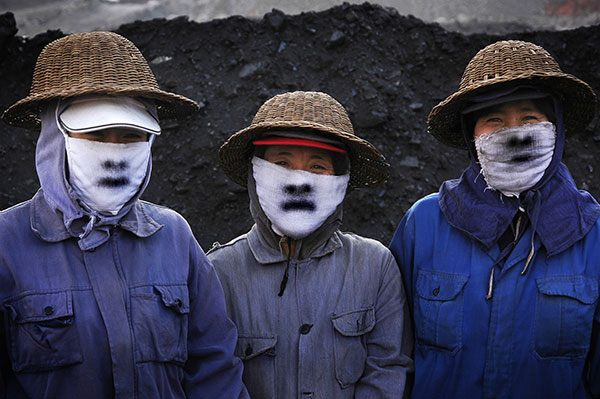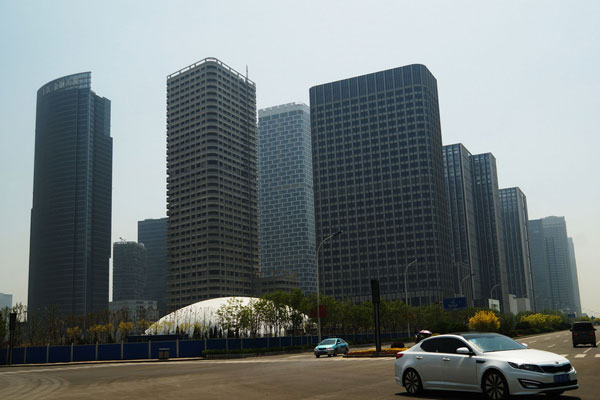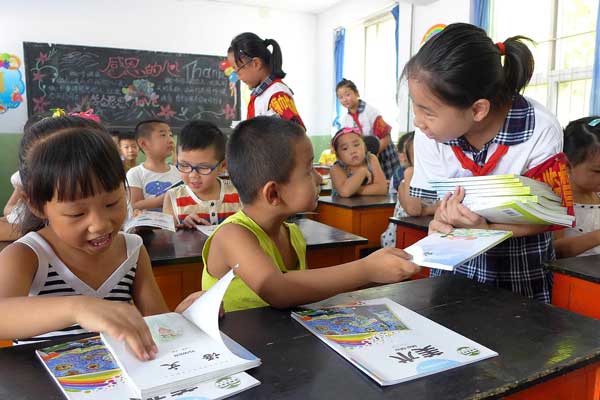Targets set for regional integration
Updated: 2015-08-24 06:54
By ZHENG JINRAN(China Daily)
|
|||||||||||
Industrial coordination will achieve regional breakthroughs with an efficient integrated growth system. Social development gaps between different areas will be reduced by a better delivery of public services.
By 2030, the strategy aims to form an integrated Beijing-Tianjin-Hebei region, with an improved economic structure, cleaner environment and better public services. The integrated region will become an area with strong competitiveness and influence globally, according to the document.
"The targets can be met if the three areas can fully implement the efforts," said Yang Hongshan, a professor of local government development at Renmin University of China.
The document requires the three areas to discuss detailed plans to reach the goals, which may take some time after the outline is released, Yang added.
The leading group also stressed the importance of implementation, saying it will break down barriers in the three administrative areas that block the free flow of capital, technology, property rights and labor.
They will promote a coordination system for policymaking relating to administration, infrastructure construction, environmental protection, industrial development and technological innovation.
Highlights
A look at the guideline for the coordinated development of the Beijing-Tianjin-Hebei region:
Reducing Beijing's burdens: The guideline says the primary target is to release Beijing from its noncapital functions, and solve the city's major problems in urban development. It will also increase the coordination between Beijing and Tianjin, enhancing industrial cooperation and urban integration. The main framework of the coordination lies in three city clusters: Beijing and Tianjin; Beijing, Baoding and Shijiazhuang; and Beijing, Tangshan and Qinhuangdao.
Targets
2017: There will be progress in reducing the noncapital functions in Beijing, and breakthroughs in the coordination of transportation, environmental protection and industrial upgrading.
2020: The population of Beijing will be contained within 23 million, and the problems that arose with its urban development could be effectively solved. A coordinated transportation network will take shape, and the regional environment will be improved significantly, with progress being made in the coordinated development of industries. Gaps in public services such as education and medical care will be effectively closed. The investments in science and innovation will be further strengthened.
2030: A coordinated pattern of regional development will take shape.
Related Stories
China eyes regional integration through FTA with Australia 2015-06-25 08:03
Regional integration can help stimulate economic growth 2015-06-11 14:59
Stocks bullish on regional integration around Beijing 2015-04-03 16:34
Regional integration will help narrow income gaps 2015-03-23 07:51
Rail lines to foster regional integration 2015-03-14 08:17
Today's Top News
Greek opposition tries to form government
12,000 troops, new armament to feature in Beijing parade
Preparations shutter Forbidden City
Changing face of illegal immigration
President Xi Jinping calls for crews not to ease up
Jon Bon Jovi sings in Mandarin for Chinese Valentine's Day
DPRK deploys more fire units to frontlines with ROK
No cyanide detected from Tianjin river section with fish deaths
Hot Topics
Lunar probe , China growth forecasts, Emission rules get tougher, China seen through 'colored lens', International board,
Editor's Picks

|

|

|

|

|

|






